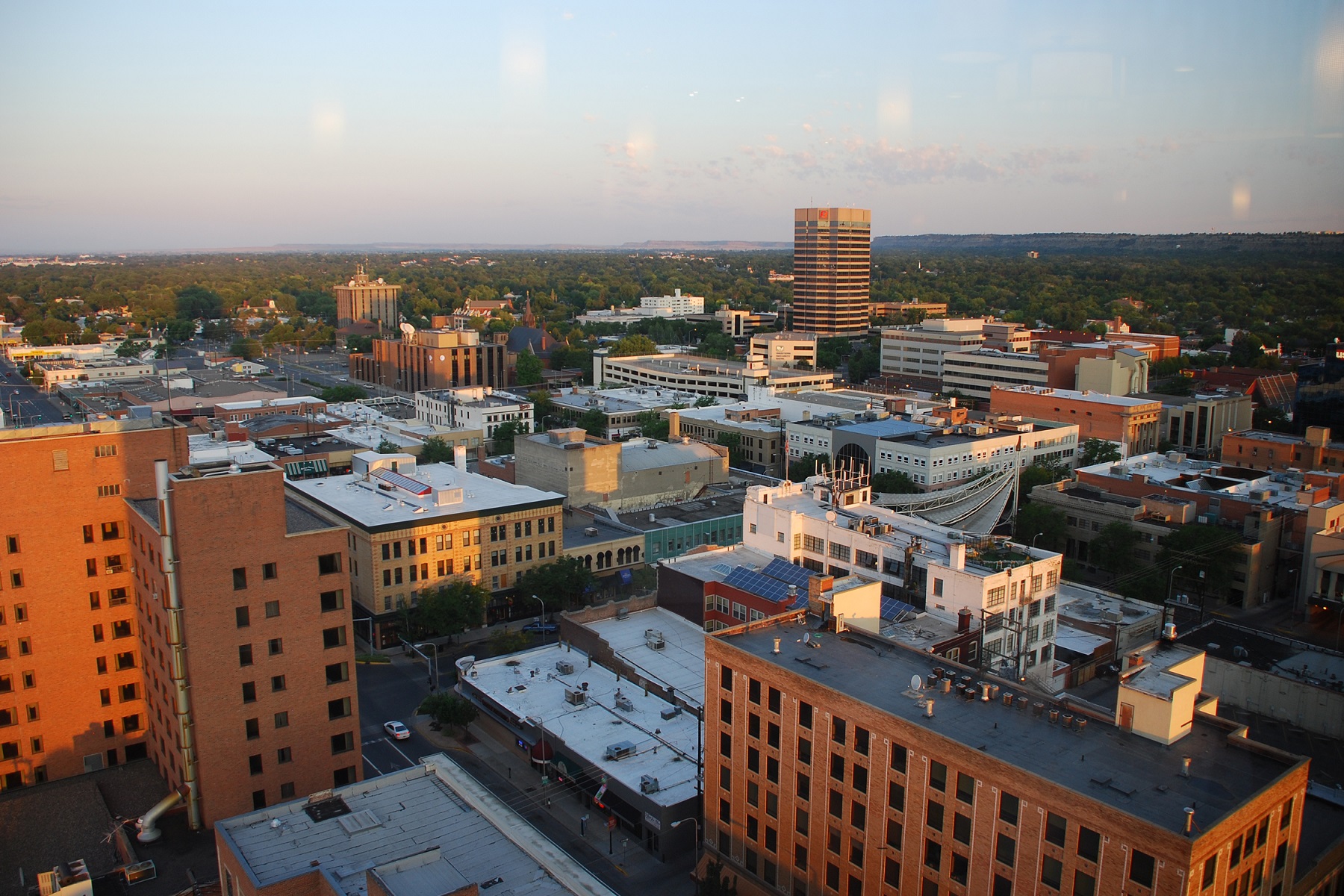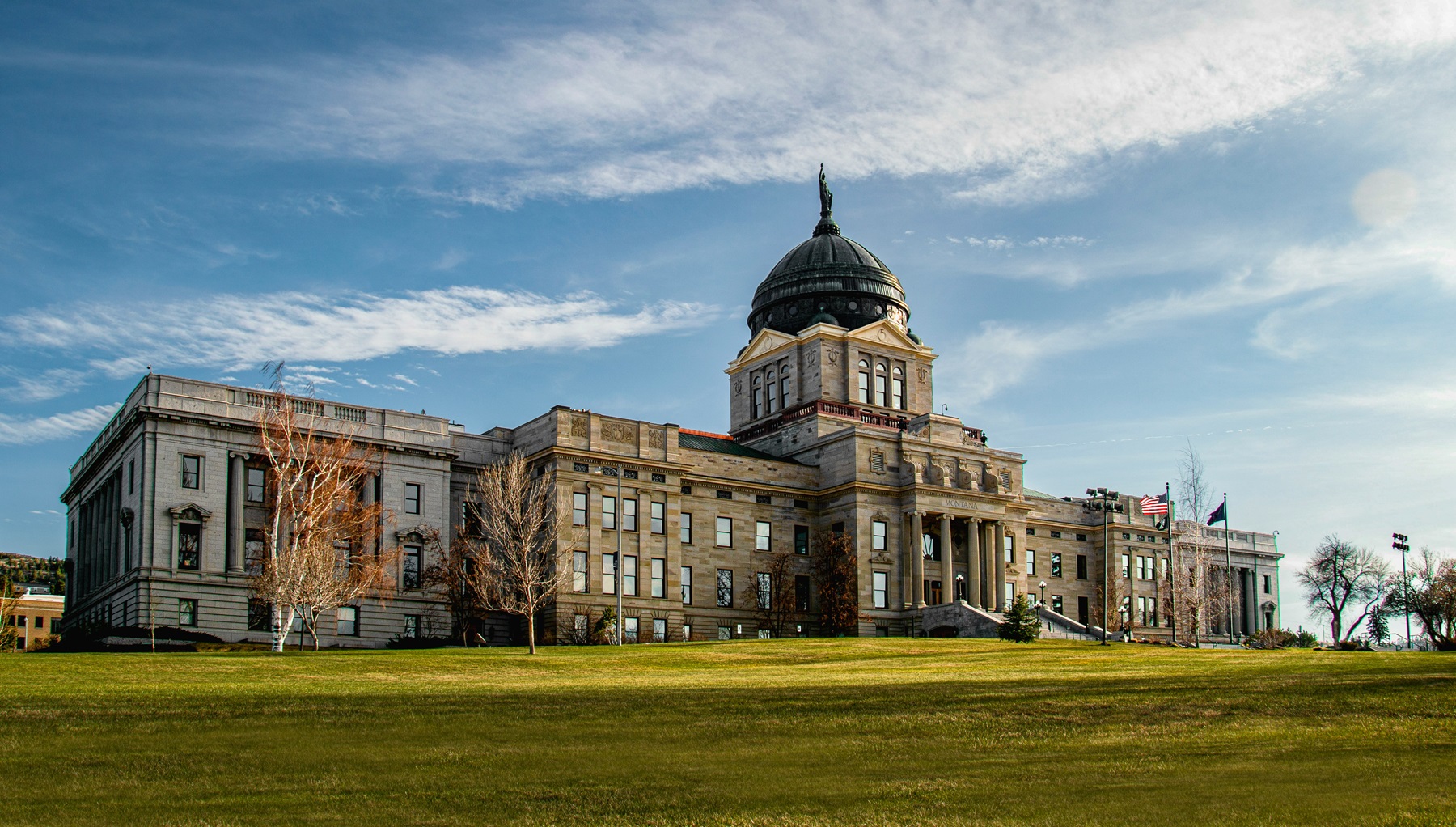Quick search
CTRL+K
Quick search
CTRL+K

Yellowstone National Park is a geological wonderland and the world’s first national park, established in 1872. The park is world-famous and it spans vast areas across Wyoming, Montana, and Idaho. Yellowstone is renowned for its diverse and dynamic geological features. The park sits atop a volcanic hotspot, which has shaped its landscape through millions of years of volcanic activity, including massive eruptions that formed the Yellowstone Caldera. This unique geological setting has given rise to an array of geothermal features, such as geysers, hot springs, fumaroles, and mudpots, making Yellowstone a living laboratory of Earth’s geothermal processes, and a fantastic and unforgettable place to visit with a lot of beautiful sites in the nature.
There are many geological features in Yellowstone, and one of the most iconic ones is the Grand Prismatic Spring, which is the largest hot spring in the United States and the third largest in the world. Its vivid colors, ranging from deep blue to fiery red, are caused by heat-loving bacteria that thrive in its mineral-rich waters. Another must-see is the Old Faithful geyser, famous for its predictable eruptions that occur approximately every 90 minutes. The park is also home to the Yellowstone River, which carves through the Grand Canyon of the Yellowstone, creating breathtaking waterfalls and dramatic cliffs.
Yellowstone’s sights are as diverse as its geology. The Mammoth Hot Springs, with their ever-changing travertine terraces, offer an impressive display of nature’s artistry, and again an unforgettable place. The Norris Geyser Basin is another place to go. It is the hottest and most dynamic thermal area in the park, featuring the Steamboat Geyser, the world’s tallest active geyser with a high of the water exceeding 90 meters. You probably also heard about the Lamar Valley, often referred to as America’s Serengeti. Here bison, elk, wolves, and grizzly bears roam freely making it a great spot for wildlife entusiasts.
Those are some of the highlights together with the stunning natural beauty and almost endless number of memorable panoramic views. For a comprehensive tour of Yellowstone National Park, you should consider the Grand Loop Road, a 230-km scenic drive that connects many of the park’s major attractions. The Grand Loop Road is easy accessible from all the roads entering the park from either east, west, north, northeast or south. The driving time depends on the season, weather, wildlife, and other factors, so plan for good time to enjoy to sweeping views and the tour.
Many of the most spectacular sights are close to the Grand Loop Road, like the Norris Geyser Basin, the Grand Prismatic Spring, and the Grand Canyon of the Yellowstone. Here you will also finde the Yellowstone Lake, the largest high-elevation lake in North America, and the Old Faithful area. However, some places are located along the roads leadings to and from the Grand Loop Road. This is the case for the Mammoth Hot Springs, located close to the north entrance from Montana into the national park.
Along the Grand Loop Road, there are numerous opportunities to stop and explore. There are also several visitor centers to pick up valuable information the national park, its geology, wildlife, and the sights to see. Overnighting in Yellowstone National Park offers a range of options to suit different preferences. The park operates nine lodges, including the historic Old Faithful Inn and the modern Canyon Lodge, providing over 2,000 rooms from late spring through fall, with the Old Faithful Snow Lodge also open in winter. There are campgrounds as well, such as the popular Madison and Grant Village campgrounds, where you can pitch a tent or park an RV. Designated picnic areas are available too, each equipped with tables and most with vault toilets. So everything is ready for your memorable trip to Yellowstone National Park.

Billings is the largest city in the US state of Montana. The city is set in the Yellowstone Valley, which was settled and developed in the late 19th century. In 1877, settlers established Coulson as the first town, and it was then a lawless place. When the railroad came to the area, the railroad owned land west of Coulson, and the company established Billings as a railroad town in 1882, naming it after Frederick H. Billings, president of the Northern Pacific Railways 1879-1881.
At first there were three buildings here, but in a few months 2,000 had settled in the new town. Some of the settlers came from Coulson, which as a town disappeared in the 1930s. By 1910, Billings had more than 10,000 residents, and growth continued throughout the century. The city became the center of energy production after the discovery of oil and gas in Montana and Wyoming, and later many high-rise buildings were built from the 1970s and 1980s.

Butte in the state of Montana is a city nestled in the heart of the Rocky Mountains. Butte began as a humble mining camp in the 1860s. The discovery of silver and gold initially drew prospectors to the area, but it was the vast deposits of copper that truly transformed Butte into a boomtown and industrial center.
By the late 19th century, the city had earned the nickname The Richest Hill on Earth due to its prolific copper production, which played a crucial role in the electrification of the United States.

Helena is the capital city of Montana, and it is a city with an interesting history starting as a gold camp during the Montana gold rush. Helena was founded on October 30, 1864, and the discovery of gold at Last Chance Gulch attracted thousands of miners. The gold and all the prospectors transformed the area into a boomtown of its day almost overnight.
The gold made Helena one of the wealthiest cities in the United States within decades, and several settlers made a fortune. This wealth is still reflected in the city’s elaborate Victorian architecture, which continues to captivate visitors today.

Salt Lake City is the capital and largest city of the state of Utah. The city was founded on July 24, 1847, by Mormon pioneers led by Brigham Young. The pioneers came from the eastern United States, where they were victims of persecution because of their Mormon faith, and they settled in Mexico, to which Utah belonged in 1847.
Four days after the founding of the city, Brigham Young designated the site where the Mormon temple would be built. After this, Salt Lake City grew rapidly due to the arrival of more Mormons and gold miners as well, who helped make the city one of the largest in the West. In 1869, the transcontinental railroad came to the area north of Salt Lake City, and the following year a siding opened to the city.
Read more about Salt Lake City

Boise is the capital of the US state of Idaho. The city’s history goes back to Fort Boise, which was established as a trading post by the British Hudson’s Bay Company. However, it was not located near today’s Boise, but the American Fort Boise di, which was built as a military outpost in 1863. That was the year of the establishment of the Idaho Territory, and the area attracted settlers due not least to the discovery of gold in the Boise Valley.
Boise became the capital of the territory, which became a state in 1890. The city grew rapidly, with construction on both sides of the Boise River. In 1891, the first line of a major streetcar network opened, and in 1925, Boise joined the transcontinental railroad network. Since then, the city has grown to be one of the largest urban areas in the Northwestern United States.

Yellowstone National Park, Wyoming, United States, USA
Overview of Yellowstone National Park
Yellowstone National Park is a geological wonderland and the world’s first national park, established in 1872. The park is world-famous and it spans vast areas across Wyoming, Montana, and Idaho. Yellowstone is renowned for its diverse and dynamic geological features. The park sits atop a volcanic hotspot, which has shaped its landscape through millions of years of volcanic activity, including massive eruptions that formed the Yellowstone Caldera. This unique geological setting has given rise to an array of geothermal features, such as geysers, hot springs, fumaroles, and mudpots, making Yellowstone a living laboratory of Earth’s geothermal processes, and a fantastic and unforgettable place to visit with a lot of beautiful sites in the nature.
About the Whitehorse travel guide
Contents: Tours in the city + tours in the surrounding area
Published: Released soon
Author: Stig Albeck
Publisher: Vamados.com
Language: English
About the travel guide
The Whitehorse travel guide gives you an overview of the sights and activities of the Canadian city. Read about top sights and other sights, and get a tour guide with tour suggestions and detailed descriptions of all the city’s most important churches, monuments, mansions, museums, etc.
Whitehorse is waiting for you, and at vamados.com you can also find cheap flights and great deals on hotels for your trip. You just select your travel dates and then you get flight and accommodation suggestions in and around the city.
Read more about Whitehorse and Canada
Canada Travel Guide: https://vamados.com/canada
City tourism: https://visitwhite-horse.ca
Main Page: https://www.vamados.com/
Buy the travel guide
Click the “Add to Cart” button to purchase the travel guide. After that you will come to the payment, where you enter the purchase and payment information. Upon payment of the travel guide, you will immediately receive a receipt with a link to download your purchase. You can download the travel guide immediately or use the download link in the email later.
Use the travel guide
When you buy the travel guide to Whitehorse you get the book online so you can have it on your phone, tablet or computer – and of course you can choose to print it. Use the maps and tour suggestions and you will have a good and content-rich journey.

Similar to Yellowstone National Park Travel Guide
